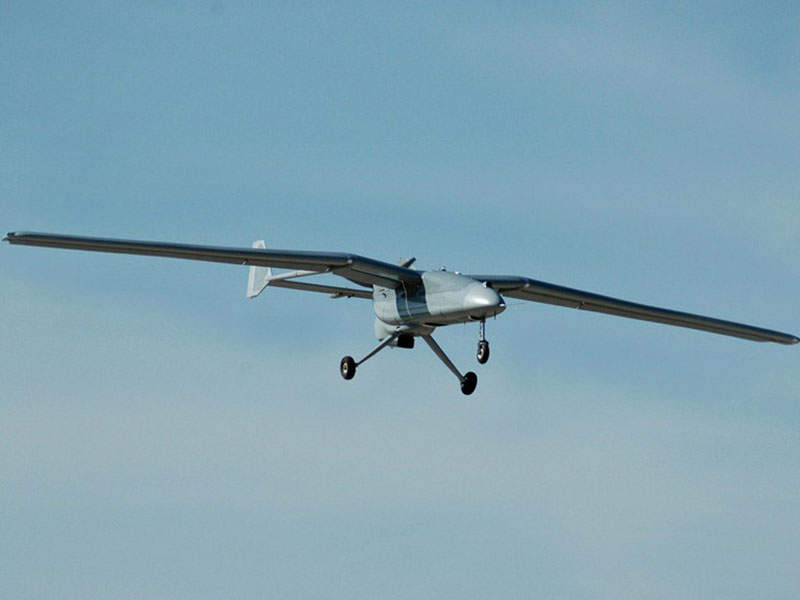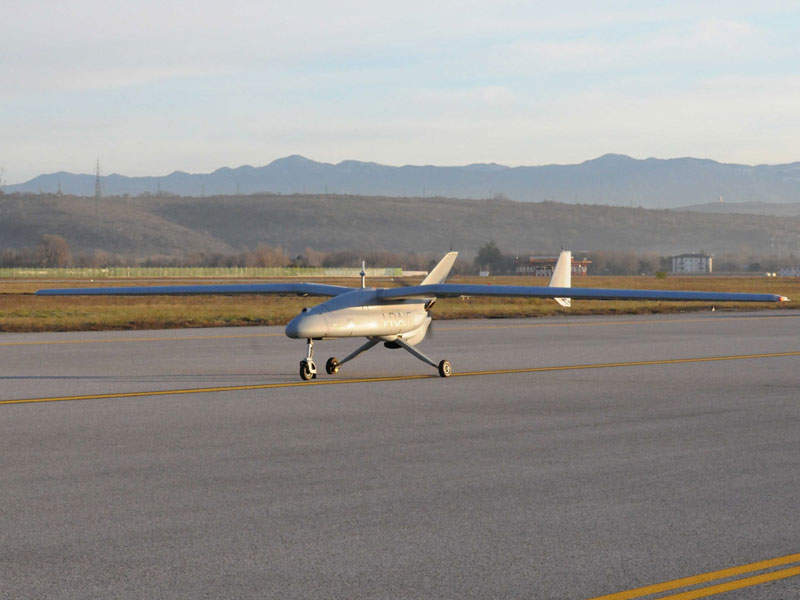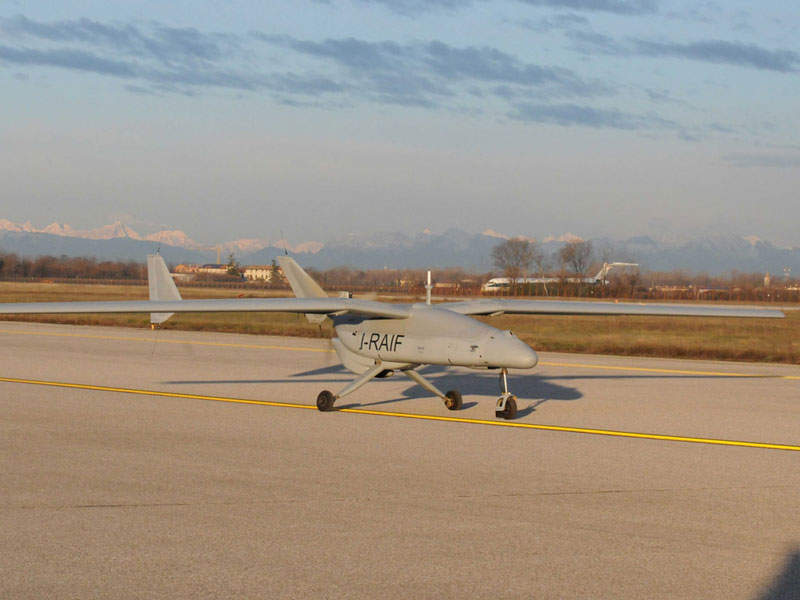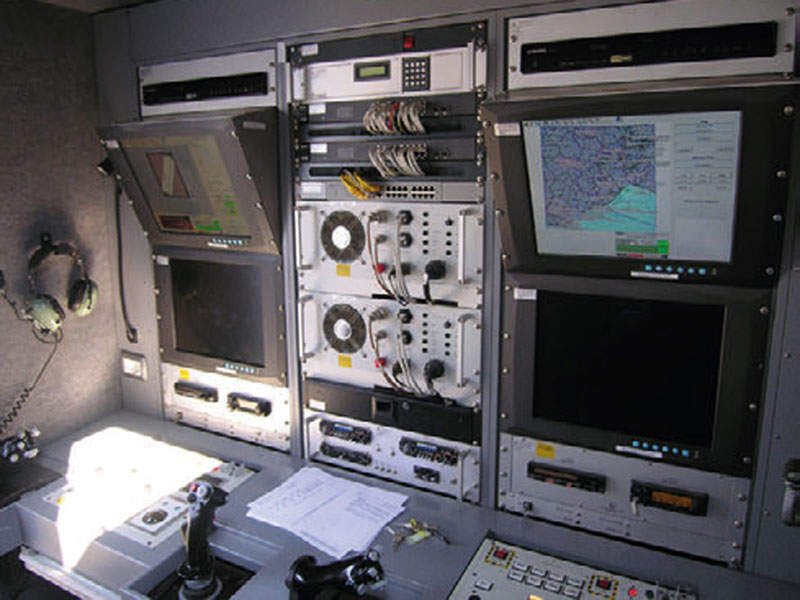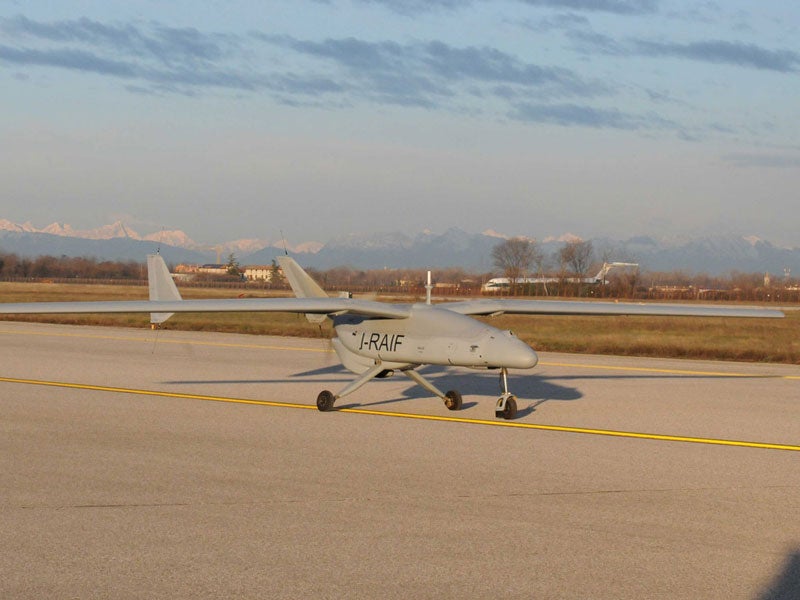
Falco EVO is an all-weather, persistent-surveillance, unmanned aerial vehicle (UAV) produced by Leonardo-Finmeccanica (formerly SELEX ES). It is the long-endurance version of the Falco tactical UAV that is in service with five military operators including the United Nations.
The Falco EVO offers theatre-persistent, multi-spectral surveillance. It is capable of conducting real-time, stand-off target detection, classification and identification in ground, littoral and maritime environments.
The UAV can be deployed in military and homeland security missions including border patrol, coastal monitoring, immigration prevention, illegal fishery prevention, and law enforcement missions.
The Falco EVO design was revealed at the Paris Air Show in June 2011 and the UAV made its first flight in July 2012.
Leonardo received first orders for the UAV from two customers in the Middle East and Gulf region during Farnborough 2016 international air show.
Falco EVO design and features
The Falco EVO features tail booms and wings longer than its predecessor. The system configuration includes three UAVs with related mission payloads, a ground control station, a ground data terminal, and a ground support equipment unit.
The modular platform can be easily configured to adapt to various mission payloads according to the customer requirements.
The UAV has a length of 6.2m, wing span of 12.5m and a height of 2.5m. The maximum take-off weight (MTOW) of the UAV is 650kg and the maximum payload capacity is more than 100kg.
Payload details
The Falco UAV integrates a range of mission payloads including electro-optical (EO) / infrared (IR) / laser range finder (LRF), laser marker, laser designator (LD), synthetic aperture radar (SAR), multi-mode surveillance radar, automatic identification system (AIS), hyper-spectral sensor, communication intelligence (COMINT), and passive and active electronic support measures (ESM) equipment.
It can be installed with Leonardo’s new-generation sensors including the Gabbiano 20 multi-mode surveillance radar, the PicoSAR active electronically-scanned array (AESA) radar or the Osprey multi-mode AESA radar. Customers can also choose third-party sensor suites if required.
Navigation and flight control of Falco EVO
The UAV integrates assisted and automatic flight management for reducing the workload of crew. The flight management system offers automatic take-off and landing, and automatic area surveillance modes allowing the user to perform data processing and exploitation of near real-time target.
Ground control station
The ground control station (GCS) is common to Falco and Falco EVO UAVs. It allows the operators to perform mission planning and dry run, pre-flight system verification, mission management, and flight plan re-tasking. The GCS also supports mission playback and simulation for crew training.
The automated surveillance flight plan enables the operator to fly the UAV along the pre-programmed route including the take-off and landing stages. The operator can also execute manual override at any point of time during the flight.
The GCS can also perform data evaluation and processing of off-line target. It also offers real-time data to small frontline units through remote video terminals (RVTs). The GCS can be connected to a ground data terminal (GDT).
The GDT uses redundant command and control data link and optional jam-resistant data / images transmission to ensure data linkage between the GCS and the in-flight UAV. The system can also integrate satellite communications (SATCOM) systems for beyond-line-of-sight (BLOS) surveillance.
Performance of the Falco EVO UAV
The Falco EVO can fly at an altitude of 6,000m and has an operating line-of-sight range of more than 200km, which is expandable with relay capability, GCS handover function or SATCOM. The maximum endurance of the UAV is more than 20 hours.

